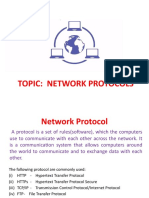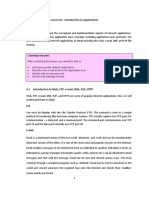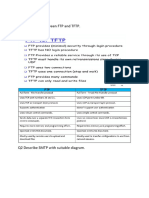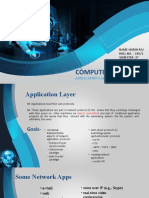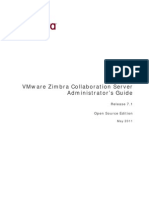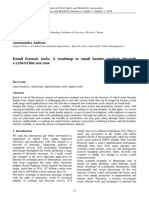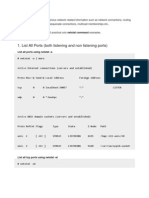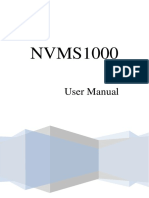0% found this document useful (0 votes)
10 views4 pagesProtocols
The document provides an overview of several key internet protocols: HTTP, HTTPS, FTP, SMTP, and POP3. Each protocol is defined with its characteristics, advantages, and disadvantages, highlighting aspects such as security, data transfer methods, and usage scenarios. Key differences include HTTP's lack of security compared to HTTPS, and the file transfer capabilities of FTP versus the email sending functionality of SMTP and email retrieval of POP3.
Uploaded by
amit singhCopyright
© © All Rights Reserved
We take content rights seriously. If you suspect this is your content, claim it here.
Available Formats
Download as PDF, TXT or read online on Scribd
0% found this document useful (0 votes)
10 views4 pagesProtocols
The document provides an overview of several key internet protocols: HTTP, HTTPS, FTP, SMTP, and POP3. Each protocol is defined with its characteristics, advantages, and disadvantages, highlighting aspects such as security, data transfer methods, and usage scenarios. Key differences include HTTP's lack of security compared to HTTPS, and the file transfer capabilities of FTP versus the email sending functionality of SMTP and email retrieval of POP3.
Uploaded by
amit singhCopyright
© © All Rights Reserved
We take content rights seriously. If you suspect this is your content, claim it here.
Available Formats
Download as PDF, TXT or read online on Scribd
/ 4























